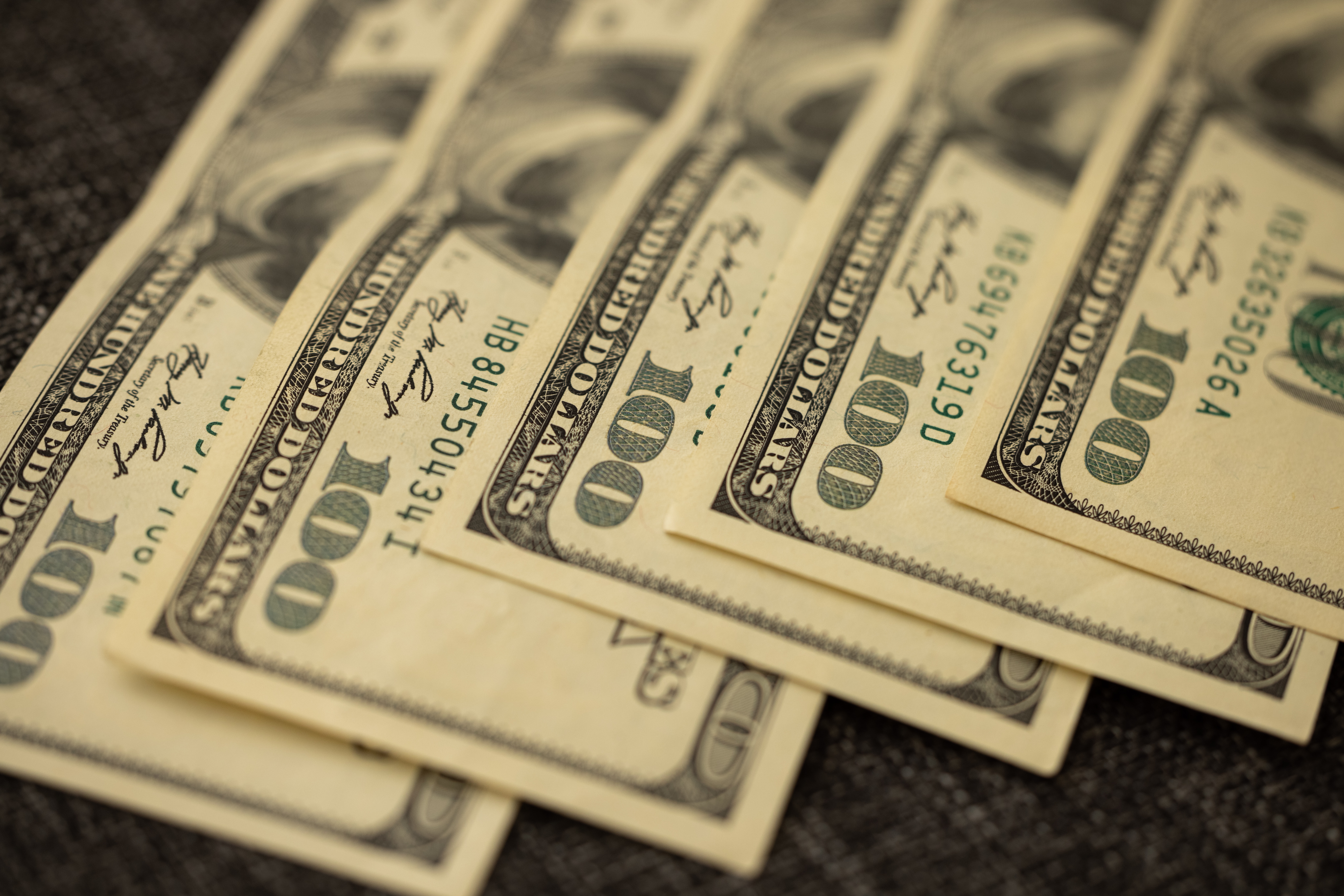Coinbase wants developers to explore new ways to grow the on-chain economy, including a new kind of stablecoin that tracks the rate of inflation.
In a March 24 blog post, Coinbase called for developers to explore four areas when building on its recently launched Ethereum Layer 2 network Base.
The team behind the network proposed building a decentralized stablecoin, dubbed “Flatcoins,” which would be pegged to the value of inflation. In their view, such a design would enable users to have stability in purchasing power and resiliency from economic uncertainty in the traditional financial system.
“With the recent challenges in our global banking system, we believe these explorations are more important than ever,” said the Base team.
Indeed, most successful stablecoins within the industry today are pegged to the U.S.-dollar or some form of fiat currency, and are largely dependent on the global banking system to secure their reserves.
Earlier this month, crypto market participants witnessed a brief de-pegging of USDC – one of the largest stablecoins by market cap – after its issuer Circle disclosed it had $3.3 billion worth of its reserves stuck at Silicon Valley Bank (SVB).
Although the news that regulators would ensure SVB depositors would be made whole served to quickly restore USDC to its dollar peg, the event has raised questions about the role of stablecoins in the crypto ecosystem and the consequences that would follow in the event of their failure.
The idea of an inflation-linked digital currency has the support of renowned investor Ray Dalio, who got behind the concept in a recent interview with CNBC.
“I don’t think that the stable coins are good because then you’re getting a fiat currency again. I think that what you really would, what would be best is an inflation linked coin,” said Dalio.
According to him, these digital assets would put buying power back in the hands of the individual.
“I think you’re going to see, probably, the development of coins that you haven’t seen, that probably will be end up being attractive, viable coins. I don’t think Bitcoin is it,” he said



